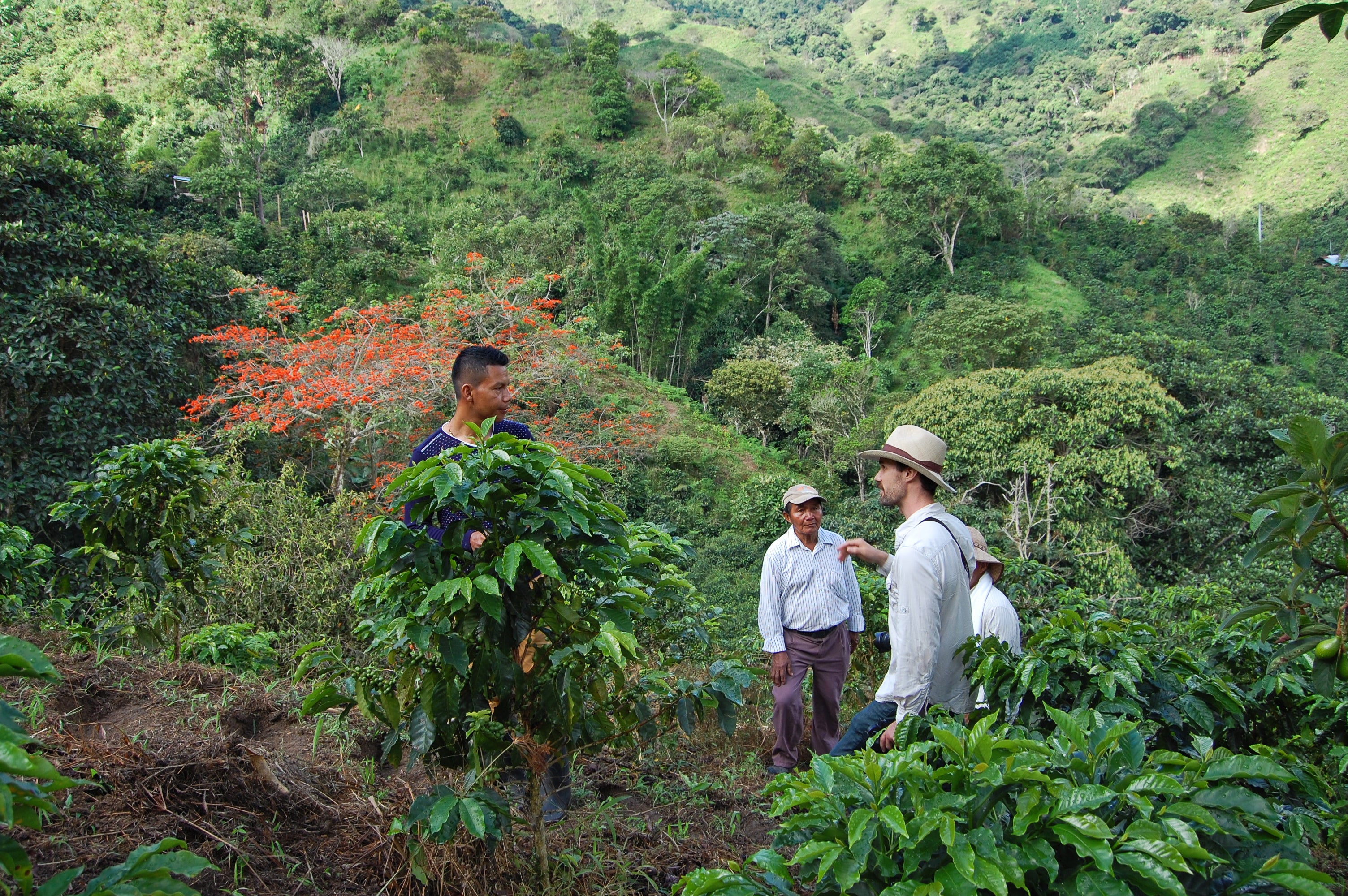
Origin Guide: Colombia
A quick history of coffee in Colombia
As one of the largest producers of coffee in the world, Colombia's coffee story is long and unique.
The first coffee trees were introduced here some time in the late 1700s, by Jesuit priests and missionaries who came over from the Spanish empire.
At first, coffee growing was mostly confined to the mountains in the north east, but then quickly spread throughout the country.
By the early 1800's, Colombia was starting to experiment with exporting coffee.
By the mid 1800's, commercial exports were starting to boom, and Colombia was already establishing a solid reputation for producing exceptional quality coffees.
But, as coffee consumption around the world (and particularly in the US) continued to take off, it became highly commoditized, and the race to the bottom on pricing put many producers into crisis mode.
Enter the FNC...
The FNC or Federación Nacional de Cafeteros (National Federation of Coffee Growers) is a non profit association that was formed to represent the interest of small scale Colombian coffee farmers.
Backed by the Colombian government, the FNC set on a campaign to raise awareness of Colombian coffee in consuming countries, at a time when most consumers were so disconnected from the origins of coffee that most had no idea that Colombia even grew coffee.
Over the years to follow, the FNC made it part of their mission to establish a solid brand for Colombian coffee, that was centred firmly around quality.
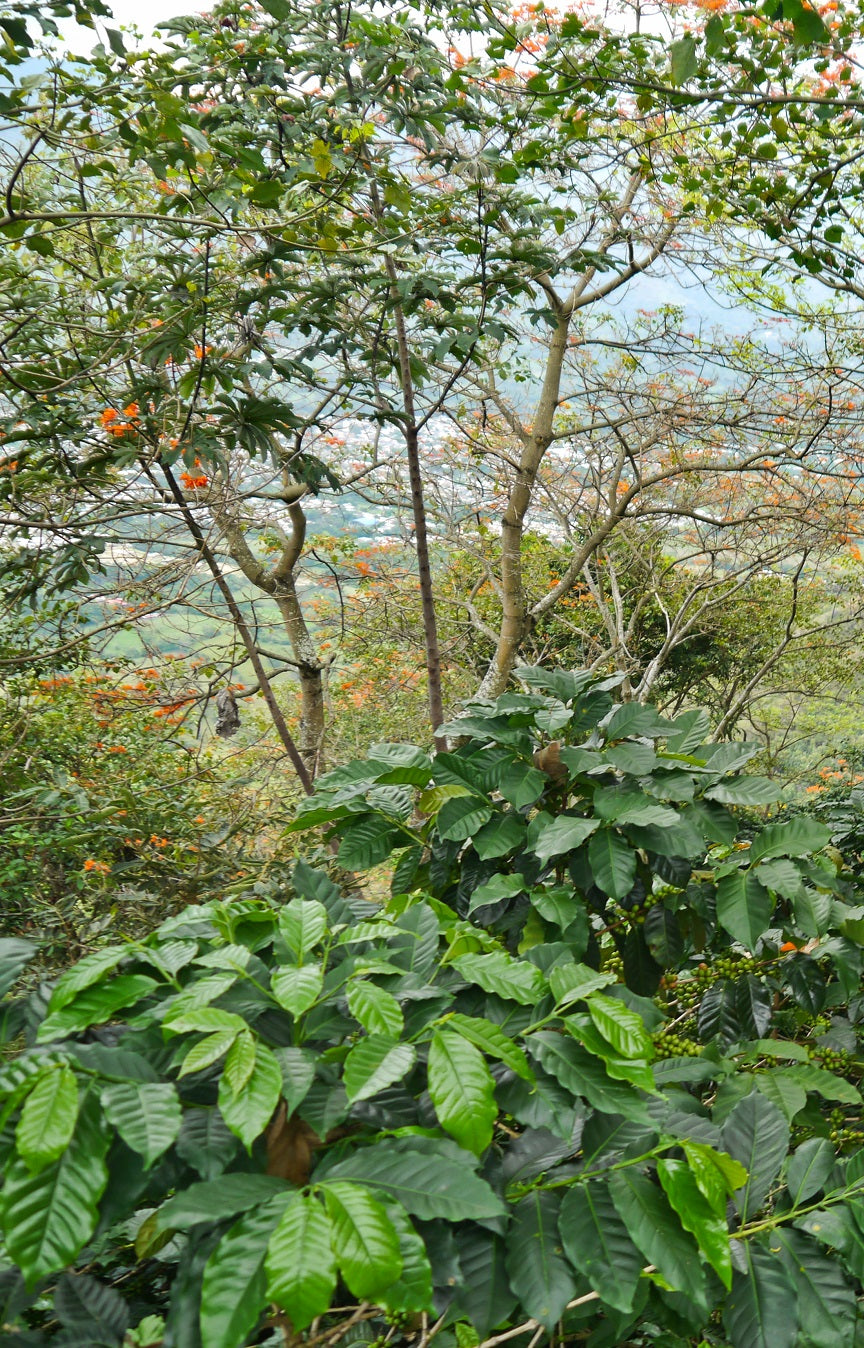
What's the current state of specialty coffee production in Colombia?
In a word ... strong!
Colombia has always been at the forefront of coffee, from the proactive marketing and origin distinction in the early days, to educating producers and promoting new and experimental processing techniques.
There's a lot of really interesting specialty coffee projects happening right now across Colombia.
Over recent years, we've seen a boom of great Bourbon and experimental processed Geishas from famed producers like Jose Martinez that continue to push Colombian specialty coffee forwards.
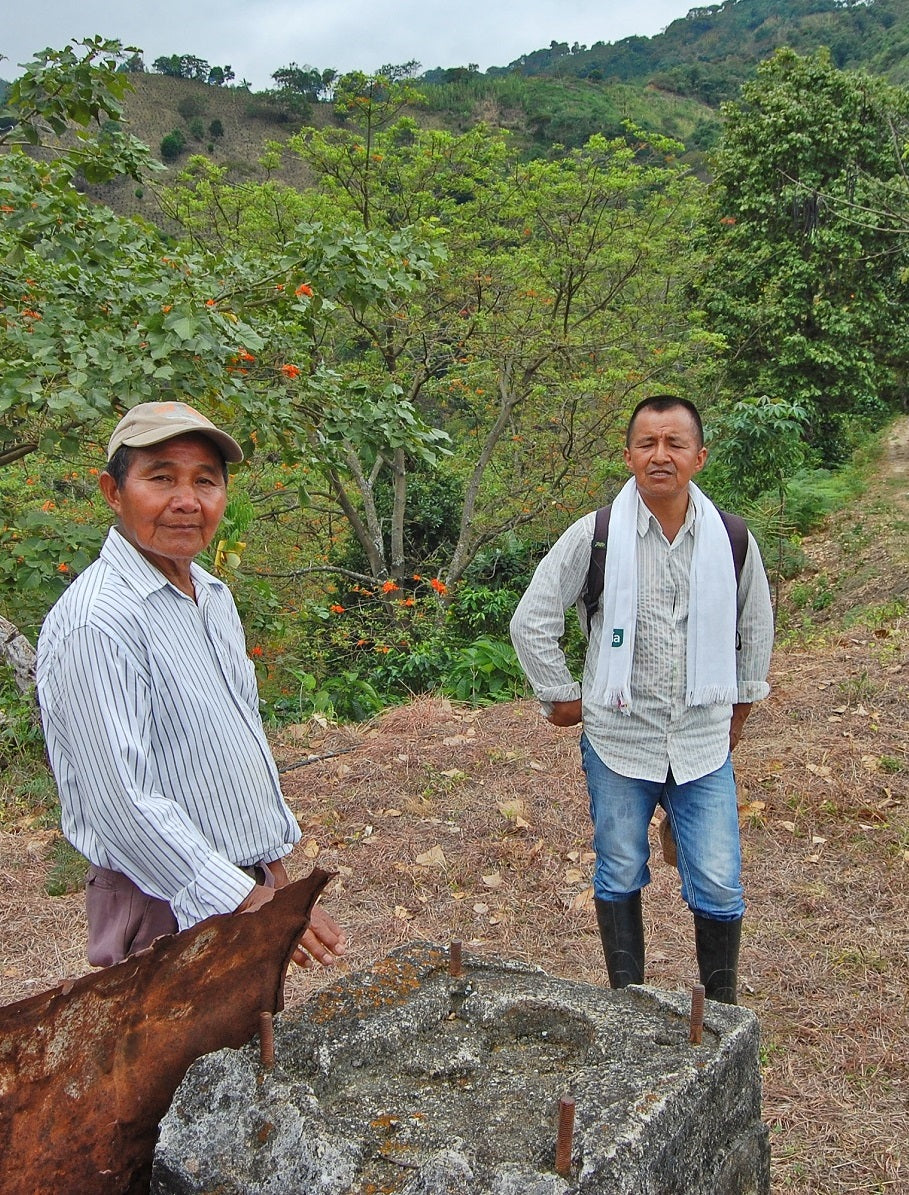
Colombia Coffee Production - Quick Facts:
- Over 95% of coffee farmers in Colombia farm on small, family run farms of under 5 hectares.
- 80% of the total coffee produced in Colombia is Caturra or Castillo varietals. However, in recent years, other varietals like different Bourbons, Gesha, Typica and others are all becoming increasingly popular.
- Coffee is a vitally important part of Colombia's economy, with over 600,000 people making a living in the production, processing and export of coffee beans.
- Over 11 million bags of coffee are grown, harvested and processed across the country each year.
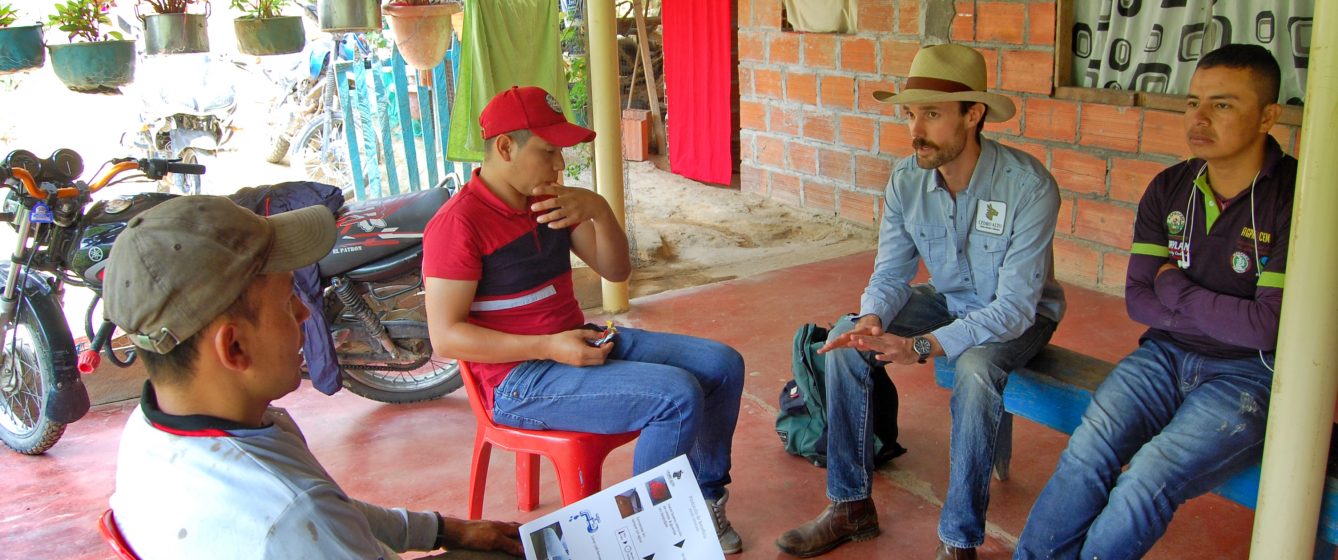
What makes Colombian coffee so good?
Colombian coffee has incredible variety and range of flavours (more on that below), which stems from it's unique terrain, it's ideal coffee growing climate, and the many different varietals that are grown here.
Colombia's coffee growing regions span some of the highest altitudes going - with some farms even above the 2000 meter level. This high altitude allows the coffee cherry to develop slower - increasing complexity and acidity.
What Does Colombian Coffee Taste Like?
-
There is such a huge range and diversity of flavour notes to be found in Colombian coffee, thanks to the number of different varietals, processing methods and unique terroirs that can be found here.
Perhaps more so than any other single coffee producing country - Colombian coffee really does have something for everyone.
From chocolatey, nutty classics, to citrus forward, fruity, vibrant cups.
In recent years, experimental processing techniques have also gained traction here, bringing an even wider set of potential flavour profiles. Some of the most exciting inovations in experimental processing are happening here in Colombia, with a number of leading producers making huge waves.
-
Here are some of the many flavour notes you can expect to find on bags of Colombian coffees:
- Sweet notes of caramels, cacao and chocolate.
- Malic acidity like apples and pears.
- Citrus hints - often presented in the aroma - like oranges, limes and grapefruits.
- Fruits - berries like raspberries are common, as well as melon, papaya and various grapes and even pomegranate.
- Tropical fruits are also not uncommon - think pineapples, mangos and dragon fruits.
- Deeper, nutty flavours are also common: walnut, macadamia, cashew and almonds.
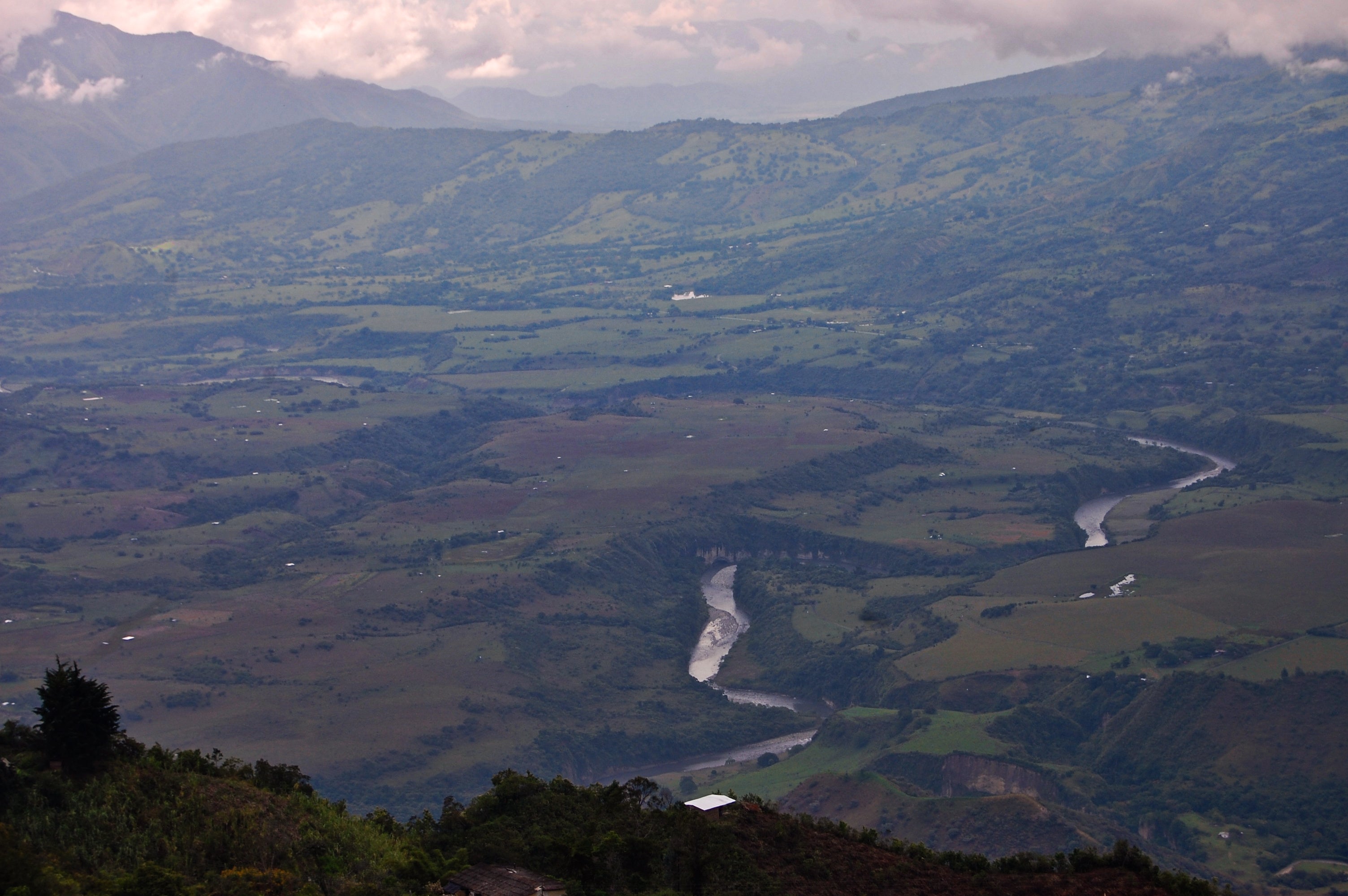
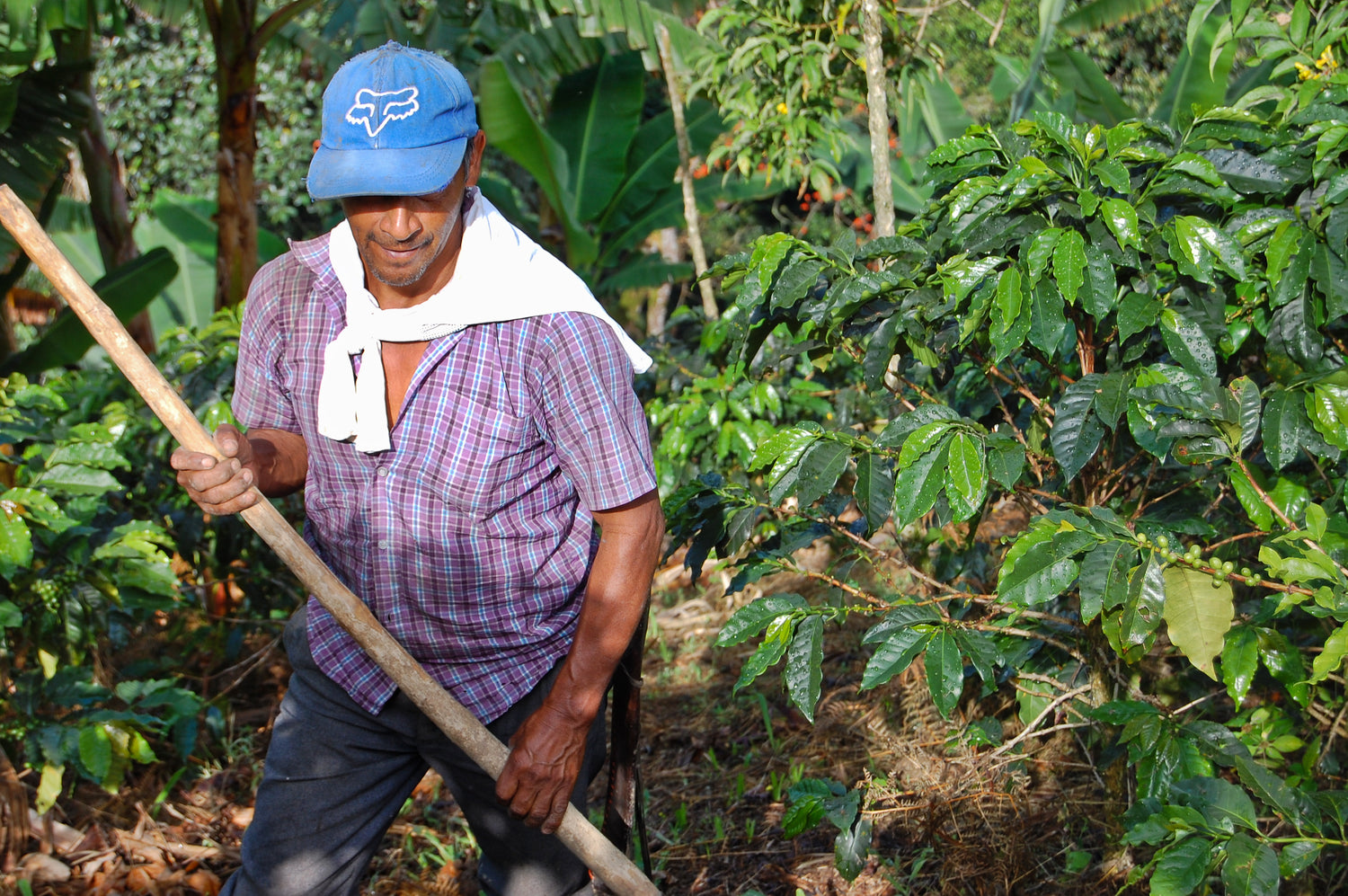
The Main Coffee Growing Regions In Colombia
Antioquia - The birthplace of coffee in Colombia. Expect lots of Caturra, Typica and Castillo.
Cauca - Coffees from Cauca are known for high acidity, often very clean cups. All of the usual verietals are widely grown here, alongside lots of Bourbon and Tabi.
Nariño - Home to some of the highest growing altitudes in Colombia. Rich volcanic soils and some of the best drying conditions in the country make for excellent sweet cups with bright acidity.
Caldas - Many of Colombia's best sweet focused coffees come from Caldas, with typical flavour notes of chocolate and berries.
Our current Colombian coffee line up
All of our coffees are single origin, which means our coffee line up is constantly changing. Hit the button below to check out our current line up from Colombia.
What coffee varietals are grown in Colombia?
Caturra, Pacamara, Castilo, Colombia and of course, lots of Bourbon and Gesha.
Most common here are Caturra and Castilo, which make up the majority of the Colombia's coffee production.
But expect to find plenty of all your favourites too, as well as some you might not have come across before like Maragogipe a.k.a the "elephant bean".
Pink Bourbon - The latest jewel in Colombias specialty coffee crown
We'll be taking a much deeper dive into Pink Bourbon over on the blog in the coming weeks, but we can't talk about coffee varietals in Colombia without giving a special mention to Pink Bourbon.
Pink Bourbon (which isn't actually a Bourbon at all, by the way) has been on a pretty epic run over recent years, gaining a lot of popularity.
And rightly so!
Vibrant, sparkling acidity, bright, clean and super complex cups... Pink Bourbon has it all.
An Ethiopian landrace varietal, Pink Bourbon was "rediscovered" in 2014 right here in Colombia, before being launched into the spotlight around the time of the 2023 WBC (World Barista Championships) when 2 competitors used it to get all the way to the finals of the competition.
The rediscovery of this varietal, along with the booming demand has many farmers starting to experiment with growing it, and it is now an increasingly common and often highly prized varietal.
